Solana(SOL):其演變、市場倉位和最新發展的綜合概述

圖片來源:https://www.forbes.com/advisor/investing/cryptocurrency/what-is-solana/
Solana(SOL)自問世以來在加密貨幣領域產生了重大影響。以其高性能區塊鏈而聞名,吸引了開發人員、投資者和用戶的關注。本文將深入探討Solana的發展歷程、當前市場表現、監管發展以及未來展望。我們還將探討Solana與其他區塊鏈網絡的比較,以及在競爭激烈的加密貨幣世界中的突出之處。
Solana介紹
Solana作為區塊鏈平臺的概覽
Solana是一個去中心化、高性能的區塊鏈,旨在支持可擴展且低成本的應用程序。它由安納託利·亞科文科(Anatoly Yakovenko)於2020年創立,他是一名前高通工程師,旨在解決以太坊等老區塊鏈面臨的可擴展性問題。Solana區塊鏈能夠處理數千筆每秒的交易,同時不會影響去中心化或安全性。
Solana通過包括時間證明(PoH)在內的一系列獨特技術實現了這一目標,該共識算法旨在為交易提供時間戳,從而顯著提高交易吞吐量。這使得Solana成為當今最快的區塊鏈網絡之一。
主要特點和技術創新
Solana的主要技術創新在於其結合了歷史證明和權益證明(PoS)。這種混合模型使Solana能夠快速高效地處理交易。Solana的一些關鍵特點包括:
- 高吞吐量:Solana可以處理高達65,000筆交易/秒,遠遠超過比特幣和以太坊。
- 低交易成本:Solana上的交易費用很低,通常每筆交易不到0.01美元,這使其成為開發者和用戶的成本效益平臺。
- 可擴展性:Solana網絡可以在不影響去中心化的情況下擴展,這是許多較舊的區塊鏈平臺所面臨的關鍵問題。
歷史裡程碑
Solana的基金會和創立
Solana創立於2020年,但其根源可以追溯到2017年Yakovenko提出歷史證明機制時。該項目在2020年獲得了增長勢頭,吸引了知名投資者,如安德烈森·霍洛維茨(a16z)和Sam Bankman-Fried的FTX交易所。此後,Solana迅速擴展了其生態系統。
多年來的重要合作與聯盟
Solana在區塊鏈和加密貨幣行業與多家重要公司和項目建立了幾項重要合作關係。其中最顯著的合作關係之一是與Serum,一個建立在Solana區塊鏈上的去中心化交易所(DEX)。隨著眾多去中心化金融(DeFi)項目、非同質化代幣(NFT)平臺和去中心化應用(dApps)的推出,該生態系統也得以發展壯大。
網絡面臨的重大事件和挑戰
2021年,Solana以推出Solana夏日吸引開發者和投資者在其平臺上構建的舉措。然而,該網絡面臨了一些挑戰,包括2021年和2022年暫時中止交易的重大故障。這些事件引發了對其可靠性的擔憂,但Solana團隊通過軟件更新和網絡改進來解決這些問題。
Solana的市場表現
當前價格和市值
截至2025年初,Solana已經確立自己作為市值前列的加密貨幣之一。其價格隨時間波動,但在區塊鏈平臺主導地位爭奪戰中仍然是一個強勁的競爭者。查看SOL的實時價格數據Gate.io。
價格趨勢和波動
Solana在2022年和2023年的熊市中經歷了顯著的價格波動。然而,隨著對其區塊鏈服務需求的增加,最近幾個月已經顯示出令人印象深刻的韌性。儘管存在這種波動,許多分析師相信,由於其技術優勢,Solana的長期前景是光明的。
監管發展
包含Solana在美國政府提議的加密戰略儲備中
2025年3月,唐納德·特朗普總統宣佈成立美國加密貨幣戰略儲備,其中將包括比特幣、Solana(SOL)、XRP和Cardano(ADA)等主要加密貨幣。這一儲備旨在增強國家數字資產能力,加強其在全球金融領域的地位。Solana被納入這一儲備,反映了人們對其未來在數字金融領域發揮重要作用的日益認可。
監管行動對Solana市場地位的影響
將Solana納入美國加密貨幣戰略儲備的決定對區塊鏈來說是一個重要的里程碑。這不僅在政府和監管機構眼中合法化了Solana,還為增加機構採用敞開了大門。這一舉措可能導致Solana獲得更大的監管清晰度,為投資者提供更穩定的環境。在這一認可下,Solana很可能會看到市場信心提升,進一步鞏固其作為頂級加密貨幣之一的地位。
隨著加密貨幣的監管框架不斷髮展,Solana的積極態度以及納入這樣的戰略儲備可能有助於其應對潛在挑戰,並確保其在不斷演變的全球數字資產生態系統中的地位。
即將推出的金融產品
芝加哥商品交易所推出Solana期貨
全球金融服務公司芝商所集團最近推出了Solana期貨,允許機構投資者通過傳統金融產品獲得加密貨幣的曝光。這一舉措標誌著機構對Solana日益增加的興趣,因為更多投資者尋求參與快速增長的區塊鏈生態系統。
機構採用和市場流動性的潛在影響
預計推出類似Solana期貨等金融產品將進一步提升機構採用率,為市場注入更多流動性。這可能導致更大的價格穩定性和更多Solana的使用案例,潛在加速其主流採納。
Solana的環境影響
Solana區塊鏈的能效和可持續性
Solana的權益證明機制有助於其能源效率,使其成為更環保的區塊鏈網絡之一。這與比特幣的工作量證明(PoW)形成鮮明對比,後者需要大量能源進行挖礦。Solana致力於減少碳足跡的承諾吸引了環保意識強的投資者和開發者。
與其他區塊鏈平臺的比較
與以太坊相比,Solana的能源消耗顯著更低。以太坊已經過渡到權益證明模型(以太坊2.0),在交易速度和可擴展性方面仍在努力追趕。然而,Solana能夠以極低的能源消耗處理成千上萬筆交易,仍然是其主要賣點之一。
未來展望
Solana在不斷演變的加密貨幣行業中的角色預測
展望未來,Solana的未來看起來很有前途。隨著區塊鏈技術不斷髮展,Solana的可擴展性和低成本交易使其成為去中心化金融(DeFi)和NFT的強有力競爭者。預計該平臺將出現更多的使用案例,涵蓋遊戲、供應鏈管理、房地產和社交媒體。
預期的技術進步和升級
Solana團隊一直在努力提高網絡性能。未來的升級預計將進一步提高交易速度並減少網絡故障的可能性。此外,更先進的智能合約功能的引入可能推動平臺的更廣泛採用。
想要獲取Solana的更多更新和加密貨幣行業的最新動態,請查看Gate.io的加密博客.
Solana的旅程充滿創新和增長。儘管它面臨過一些挑戰,但其技術優勢和來自加密貨幣社區日益增長的支持為其未來的發展奠定了良好基礎。隨著機構投資興趣的增加,強勁的市場表現,以及對可持續性和可擴展性的明確關注,Solana有望繼續在區塊鏈生態系統中發揮關鍵作用。
相關文章
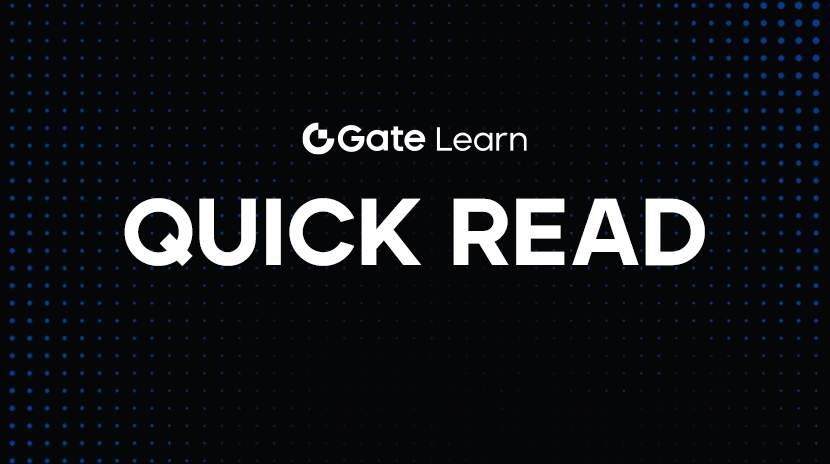
黃金價格走勢:市場焦點轉向鮑威爾演說
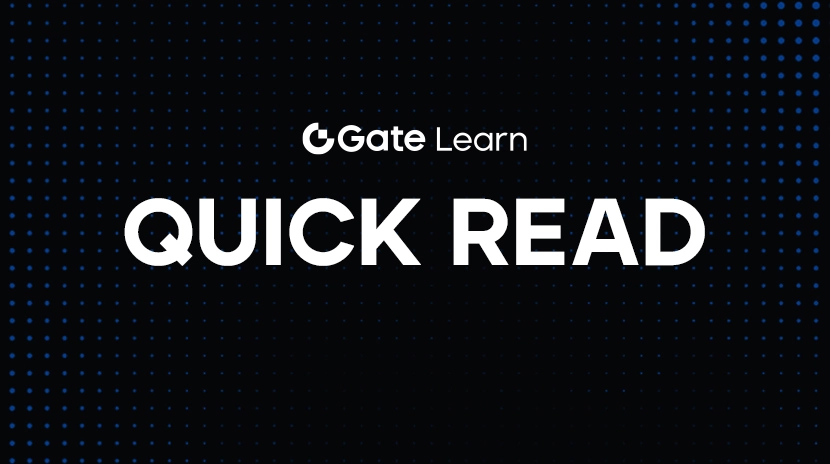
新手必讀:2025 年最新美債 ETF 推薦及策略
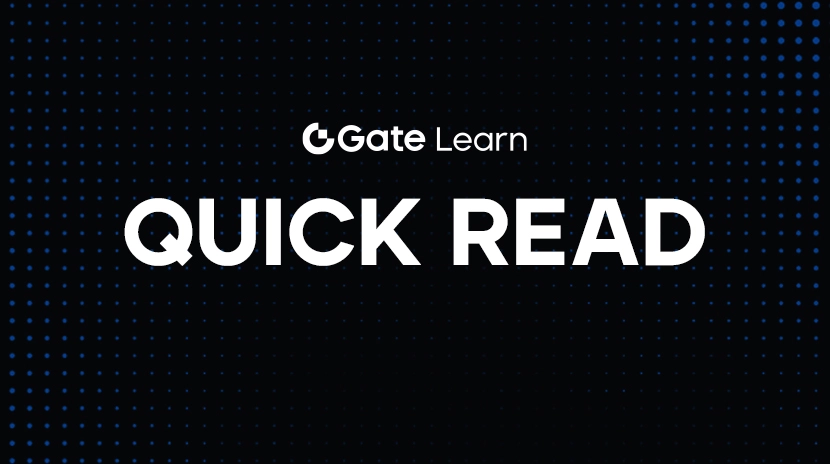
Nasdaq 100 指數最新動態與投資策略
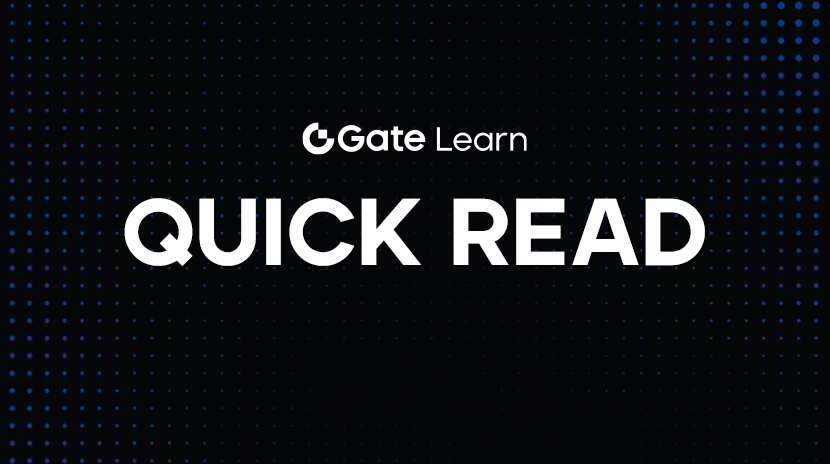
2025 年房屋稅新制全方位解析—政策修訂重點及納稅人因應對策
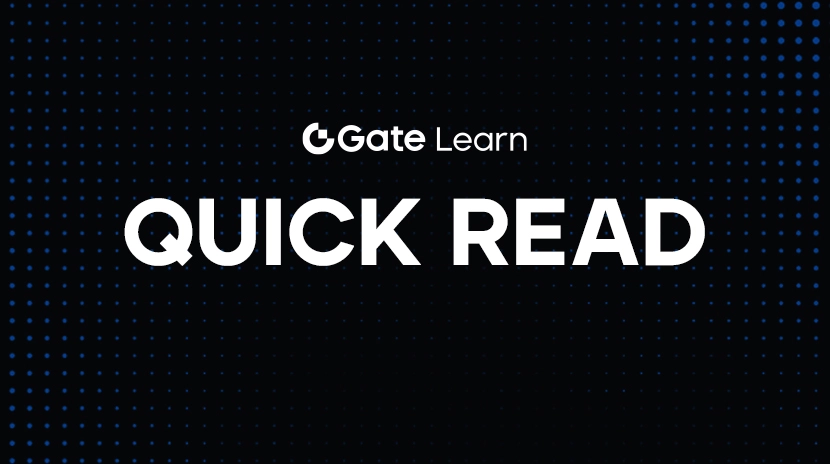
如何以快速且安全的方式,將資金自 Binance 平台提領出去?
